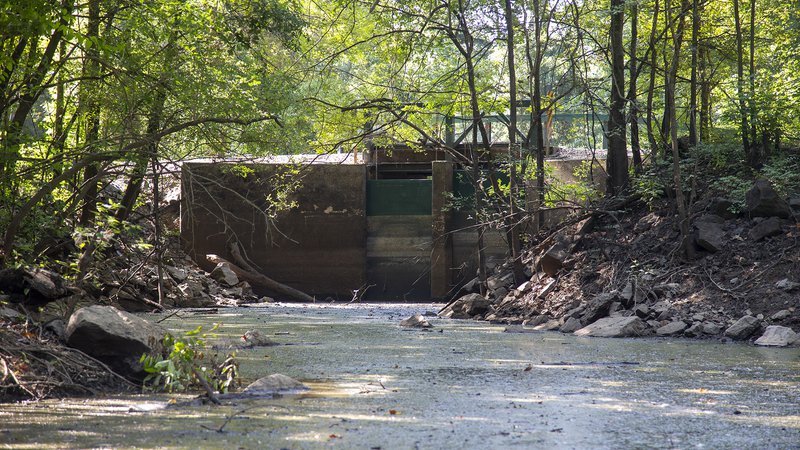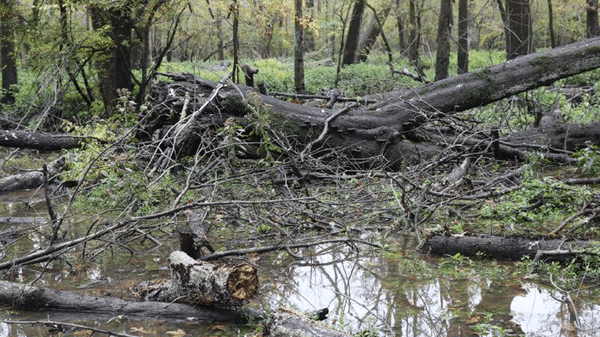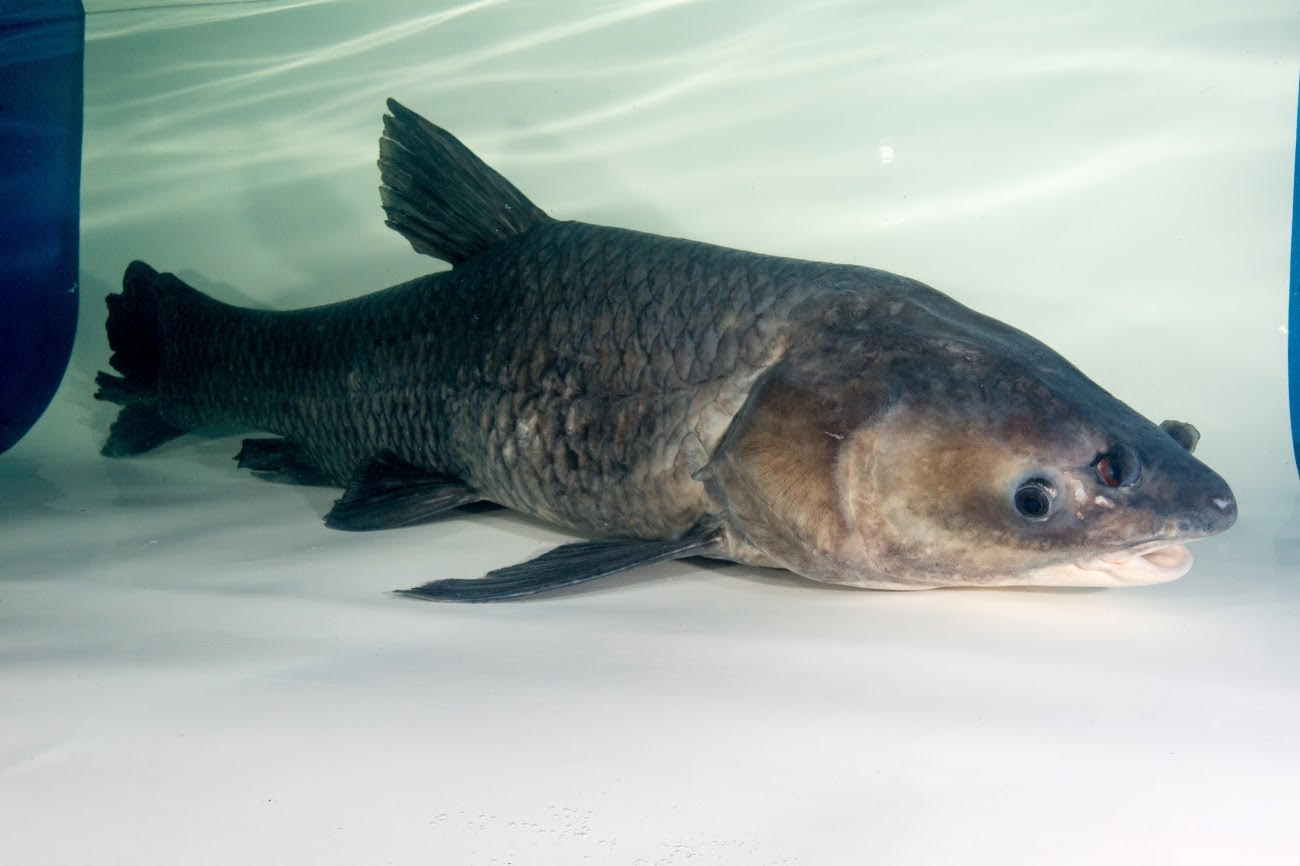Funding continues to flow for Hurricane Lake WMA renovation
ON 11-03-2021

Nov. 3, 2021
Randy Zellers
Assistant Chief of Communications
SEARCY — Thanks to a recently awarded North American Wetlands Conservation Act grant approved by the U.S. Fish and Wildlife Service, the work to restore Henry Gray Hurricane Lake Wildlife Management Area continues to stay on track. The grant, valued at $1.99 million will substantially offset the estimated $4.6 million needed to restore drainage to Glaise Creek on the WMA and install a water-control structure wide enough to allow water to flow through the WMA and to the White River.
The announcement came last week, just as the Arkansas Game and Fish Commission began a series of public meetings concerning changing water-level and forest management on three of its popular waterfowl-hunting WMAs. This phase of the Henry Gray Hurricane Lake WMA restoration includes the construction and placement of a 120-foot wide structure across the previously blocked Glaise Creek. Ducks Unlimited, in partnership with the AGFC, Macks Prairie Wings and Wetlands America Trust, sponsored the most recent NAWCA grant as well as the grant being used on the first phase of the WMA’s restoration.
“The first stage of the Glaise Creek Enhancement is the removal of the old structure and dirt plugs along Mallard Pond Road to allow water to move more efficiently out of the area’s south greentree reservoir and through the WMA and into the Little Red River,” Jason “Buck” Jackson said. “We’re turning dirt on that project right now so this approval is coming right on time. You have to open up the bottom of the drain and work your way up.”
Jackson is the Wetlands Program Coordinator for the AGFC, and has spent his career working to help move water through AGFC-managed wetlands. Moist-soil habitats throughout Arkansas have seen amazing improvements under his direction, and his focus on greentree reservoirs is beginning to make headway in upgrading decades-old infrastructure.
Jackson says the new structure will take the place of the current water-control structure where Glaise Creek enters Whirl Lake. The previous design diverted water from the creek through a 40-foot gate that could be manipulated to hold water back. Even when fully open, the diversion of the water created a pinch point where water could not drain as efficiently as the previous creek allowed. An 8-foot weir at the base of that structure also prevented the water from draining fully to the bottom of the creekbed. The new structure will alleviate this issue.

“We’re wanting to open up that main channel to the creekbed and the original width of the creek,” Jackson said. “We’ll be going from a 40-foot opening to a 120-foot opening that can move upwards of 11,000 [cubic feet per second]. When the White is low enough for the area to drain, it should help us move that water off as quickly as possible. Glaise Creek was originally that big for a reason, and we need to go back to that.”
Jackson says engineers estimate about 10,000 cfs is needed to pass water through the WMA when the White River reaches 23 feet at the Augusta gauge, and the current infrastructure simply can’t keep up with the load.
“This is a lot more involved than just digging a ditch,” Jackson said. “Thirteen feet of water 120 feet wide creates some serious pressure, and the structure has to one day be able to hold that back. It’s not just the material in the current, but the footing of the entire structure has to be sound enough to handle that sort of stress.”
The designs for these control structures is so complex and the working conditions are so difficult that the AGFC has had to work with a company out of Canada when pursuing similar projects.
“I just don’t have any companies in the U.S. that are willing to bid this size of water control structure project at a competitive rate,” Jackson said. “But the company that we’ve worked with has done an excellent job on a gate that was installed in Galla Creek a few years ago, so I’m confident that this structure will meet our needs and last for a long time into the future.”
Although the structure will be able to handle the higher flow and manage water levels better, it will be left without gates for the foreseeable future to facilitate forest management activities needed on the WMA.
“We need to get the sheet flow reinstated for the hardwood forest to be reestablished in the WMA, and that takes time,” Jackson said. “Trees need the right conditions to grow, and we need to give them that chance. The new structure will allow much better control to mimic mother nature once we are able to, but our entire focus needs to shift to promote regeneration and get those beneficial red oaks back, then we can look at placing gates in the structure to exaggerate any pulses of water Mother Nature gives us while still keeping water moving through the WMA to prevent harm to the trees.”
Recent News

AGFC Commissioner Meeting Notice
Jul. 8, 2025
Subscribe to Our Weekly Newsletter E-mails
Don’t miss another issue. Sign up now to receive the AGFC Wildlife Weekly Newsletter in your mailbox every Wednesday afternoon (Waterfowl Reports are published weekly during waterfowl season and periodically outside the season). Fishing Reports arrive on Thursdays. Fill in the following fields and hit submit. Thanks, and welcome!

